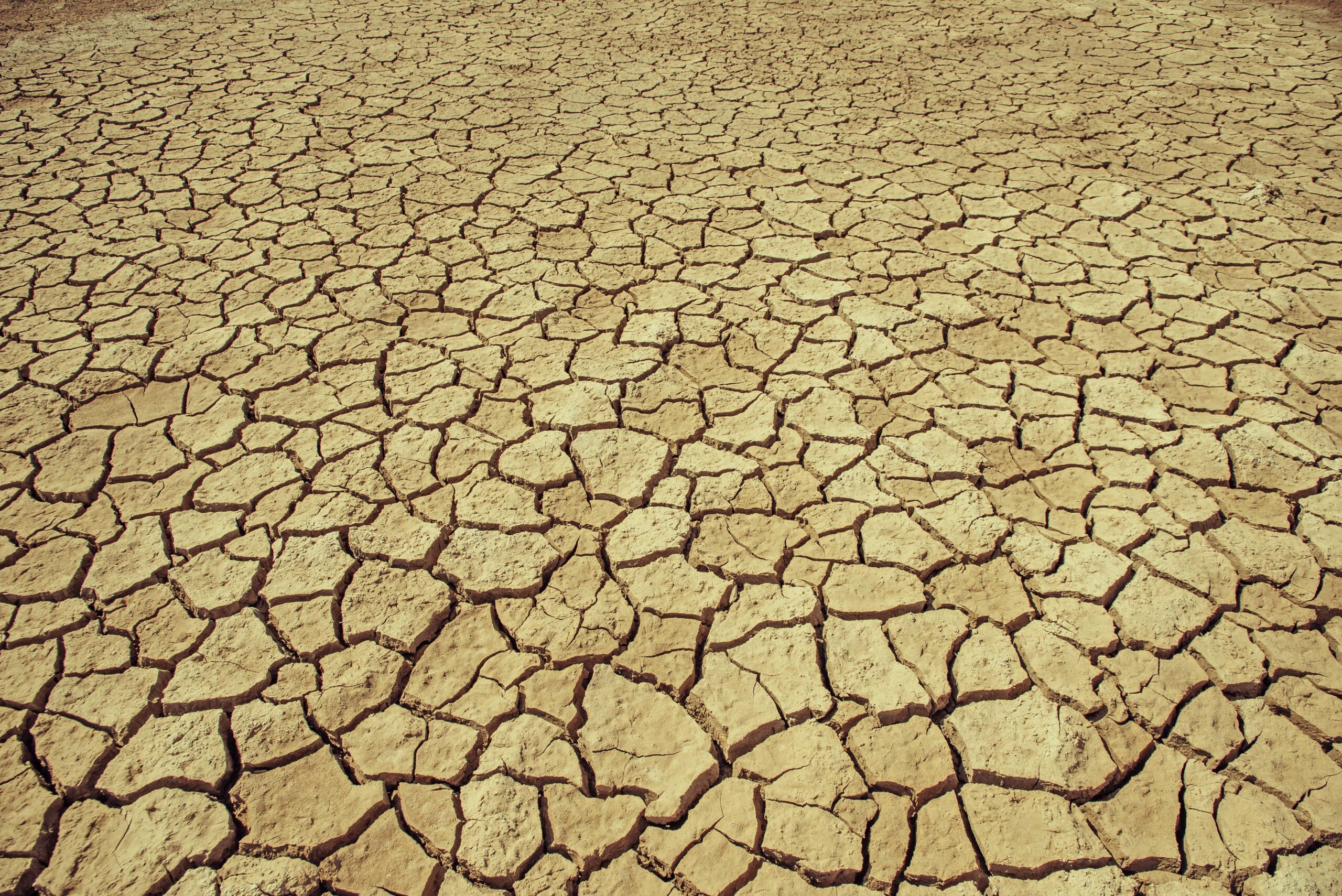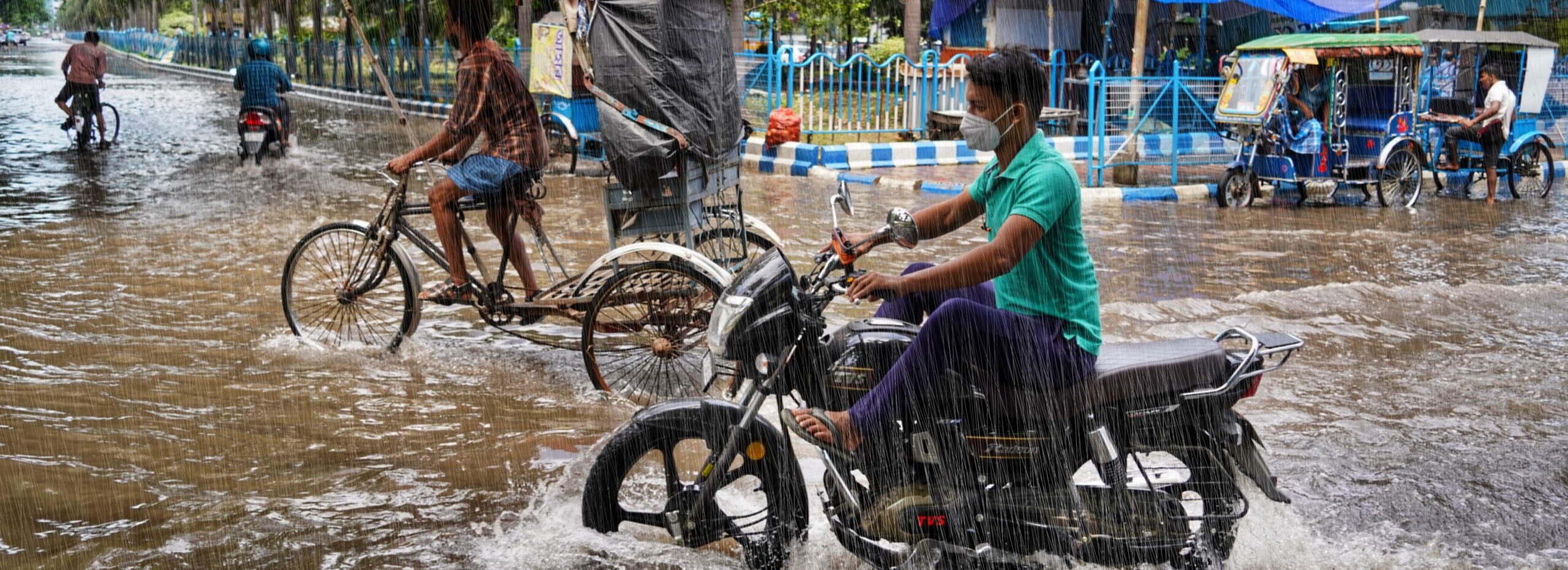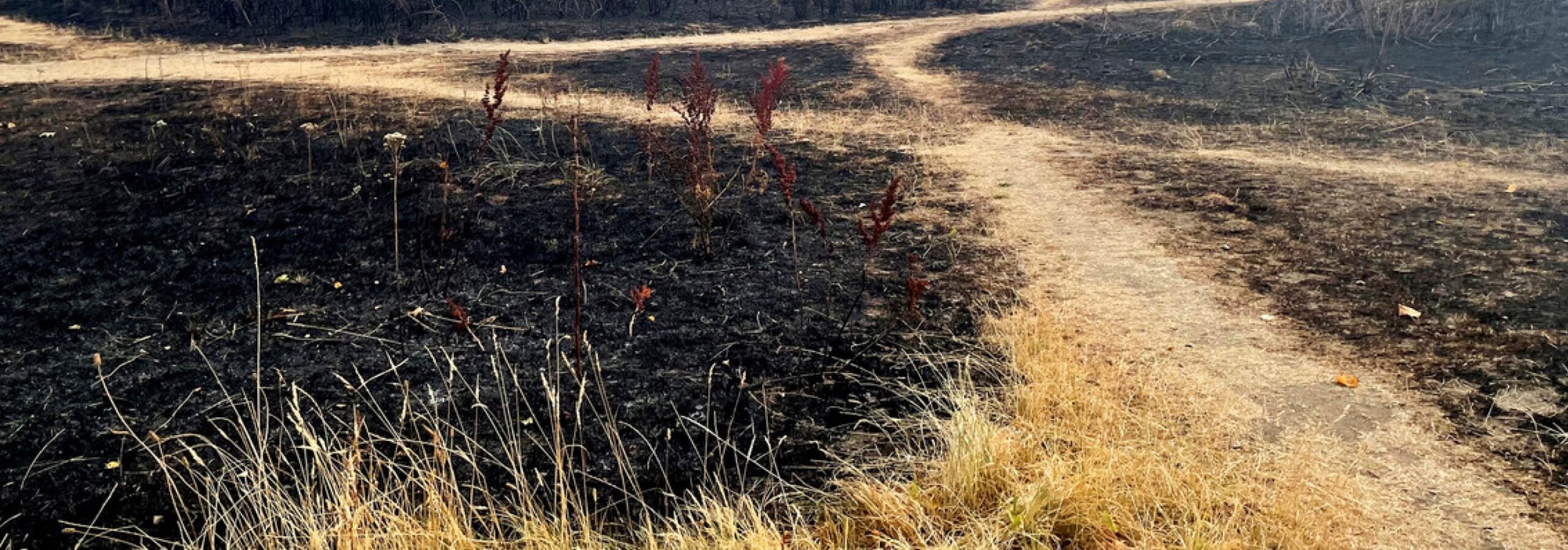We have investigated the possibility of doing a World Weather Attribution (WWA) analysis of the effect of climate change on the rainfall of Mangkhut, typically responsible for the most impactful flooding and landslides, similar to the one we did for Harvey last year (van Oldenborgh et. al., 2018). Globally, there is an expectation that increasing greenhouse gases will lead to a decrease or no change in the overall number of tropical cyclones, but that the maximum wind speed and precipitation of the strongest storms should increase (Christensen et al 2013). However, there is low confidence in region-specific projections, and, the climate effect for this particular typhoon depends on its specific path and atmospheric conditions.
A Manghkhut-specific analysis would be more challenging than for Harvey for three reasons:
- We have only a single model ready with the required resolution for this region and a solid analysis requires multiple large ensembles of high-resolution models.
- The observational data in the public global databases in the affected region are of very poor quality (50% missing data in most stations). No analysis can be done on the basis of these data so a proper analysis could only be done in collaboration with experts at regional meteorological offices, in the case of the Philippines PAGASA.
- Lack of manpower in the WWA consortium. We have no stable funding at the moment and cannot do this analysis “on the side” together with the ongoing analysis of the Kerala floods and the normal work. We would strongly welcome partners that can support our work and enable our impactful analyses.
Note also that in addition to direct impacts of wind and rain, Mangkhut is expected to cause substantial storm surges. Such storm surges are of course affected by ongoing sea level rise, but this is not yet part of our attribution assessments.





